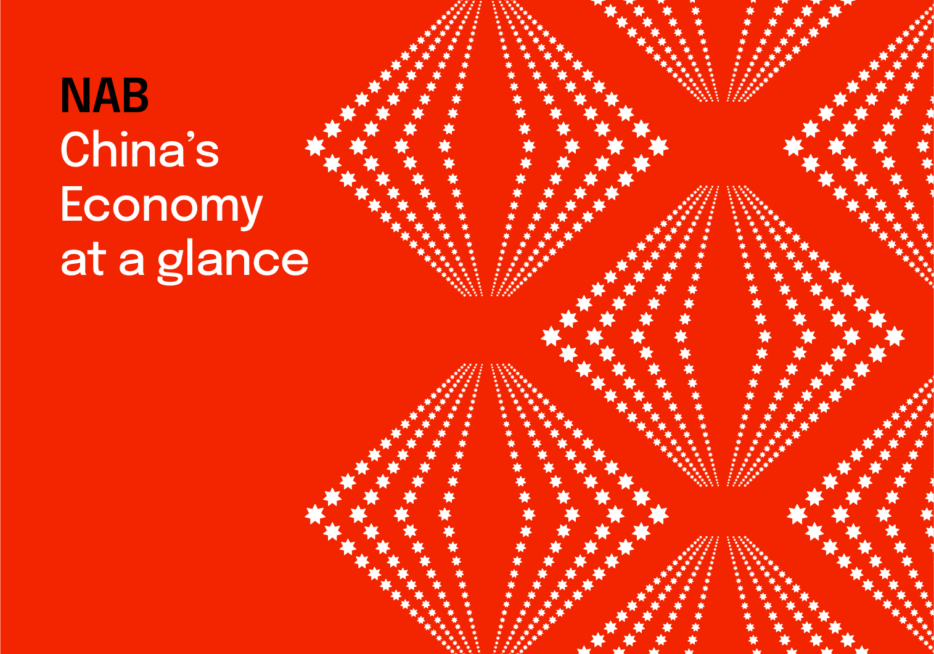Fiscal stimulus likely too late to boost 2024 growth, but may add some upside to 2025 forecasts


Insight
The AUD/USD came under pressure in May, as renewed trade tensions saw the currency break through the 70-cent floor it had been testing since early February.

Starting near its monthly high of 0.7061 on 1 May, the currency found itself on a downtrend as trade tensions escalated, touching a monthly low of 0.6865 on 18 May. In the second half of the month, higher iron ore prices, the surprise election result and weak US data supported the currency, partly offset by Governor Lowe signalling a June rate cut. The AUD/USD ended the month at 0.6937, 1.1 cents below where it began.
The AUD/USD started the month at 0.7048, just off its monthly high of 0.7061 (1st May). Escalating US-China trade tensions quickly weighed on the currency, with Trump’s renewed tariff threats early in the month knocking the currency down to 0.6965 (6 May). On 16 May, the AUD/USD also came under domestic pressures after the April Labour Force report revealed a rise in Australia’s unemployment rate to 5.2% (from an upwardly revised 5.1% print in March) resulting in the market bringing forward RBA rate cut expectations. The rest of the month saw antagonistic rhetoric and threats between the US and China increase, with the AUD/USD trading down to a monthly low of 0.6865 on 18 May.
Against the tense global backdrop, the RBA and the Federal Election result both generated sharp movements in the currency. Early in the month, the RBA was less dovish than the market expected, staying on hold and maintaining a relatively optimistic outlook, providing a short-lived boosts to the AUD/USD. Then the mid-month surprise re-election of the Coalition government saw the AUD/USD jump around 0.6 cent to 0.6923 (20 May). The post-election boost to the currency was unwound a day later, when Governor Lowe signalled a likely rate cut in June and the currency fell to 0.6973.
A weaker USD following soft US data (23 May) supported the AUD/USD later in the month, against a further increase in trade tensions, including a surprise announcement of US tariffs on Mexican imports on 31 May. The latter triggered a rally in UST yields weighing on the big dollar while also helping the AUD/USD end the month at 0.6937.
The NAB AUD Model
In May both the AUD/USD and its Short Term Fair Value (STFV) model estimate traded with a softer bias, but the positive gap between the model estimate and spot narrowed over the course of the month. The gap started the month at around 1c and it ended at just 16 pips, thus suggesting the AUD/USD is currently fairly priced and trading very comfortably inside its fair value range (Chart 2).
The 1.7c decline in the AUD/USD STFV model estimate was largely driven by a negative contribution from commodities with the 11.4% decline in Brent oil detracting just over a cent from the model estimate. Risk aversion was also a factor with the 5 point increase in the VIX Index (our risk appetite proxy) deducting another 0.8c.
Notwithstanding an increase in RBA rate cut expectations, the escalation in trade tensions, particularly in the latter part of the month, generated a bigger repricing of Fed rate cut expectations resulting in the AU-US rate differential (1yr OIS) adding about 0.3c to the model estimate (Chart 3).
© National Australia Bank Limited. ABN 12 004 044 937 AFSL and Australian Credit Licence 230686.